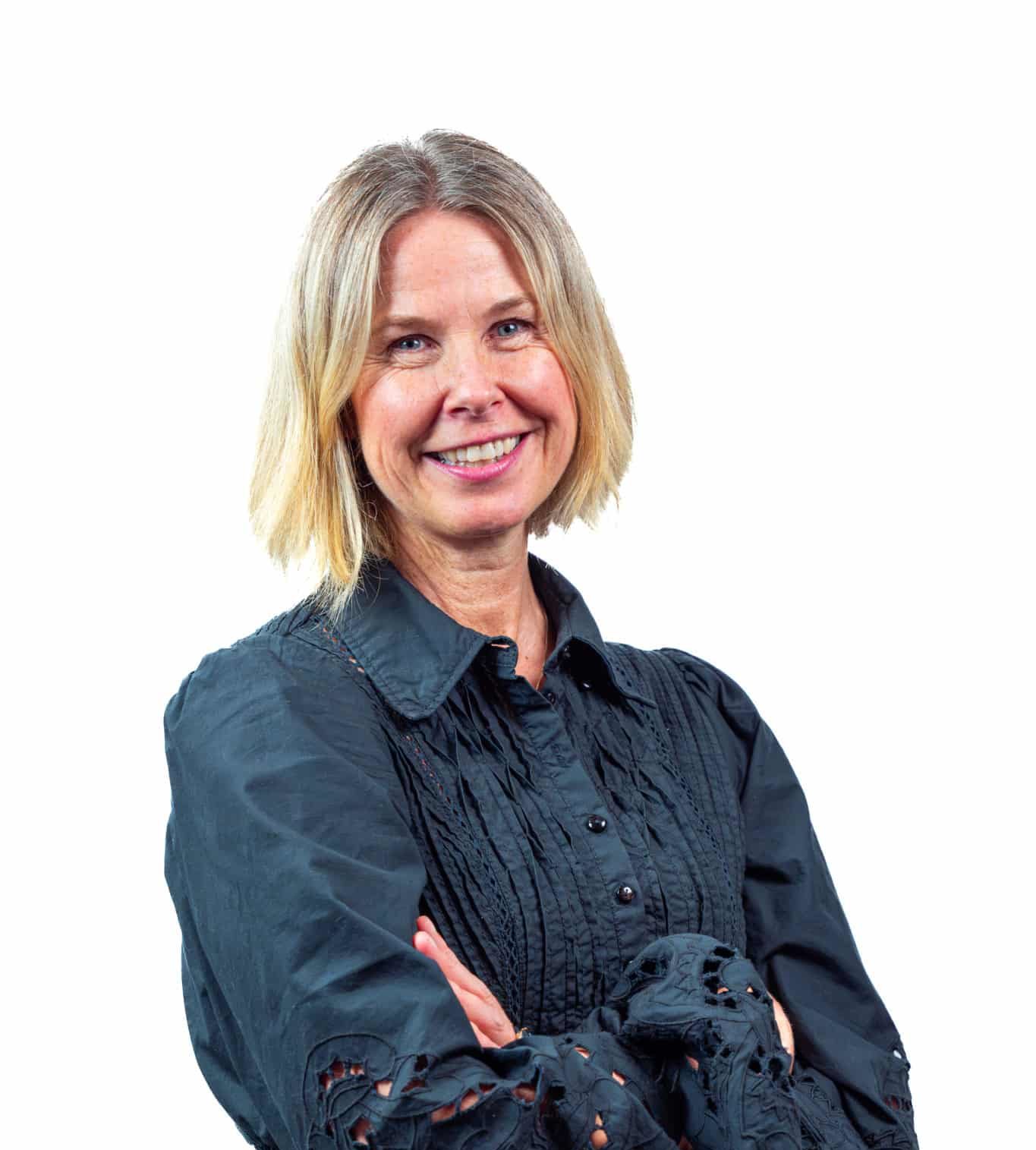Legislative changes from 1 January 2024
The Working Environment Act has been amended to strengthen the role of the safety representative:
-
A safety representative is required in companies with 5 or more employees (previously 10)
-
The role now also covers temporary and self-employed workers
-
Responsibility includes the psychosocial working environment – including stress, bullying and mental health
Practical examples
IT startup with 7 employees
The safety representative ensures proper lighting, ergonomic workstations and addresses psychosocial issues such as conflicts and stress.
Construction project with temporary workers
The safety representative safeguards the safety of temporary workers and has the authority to stop hazardous work.
Large office with high stress levels
The safety representative assesses psychosocial conditions and proposes measures such as flexible working hours and stress management training.



